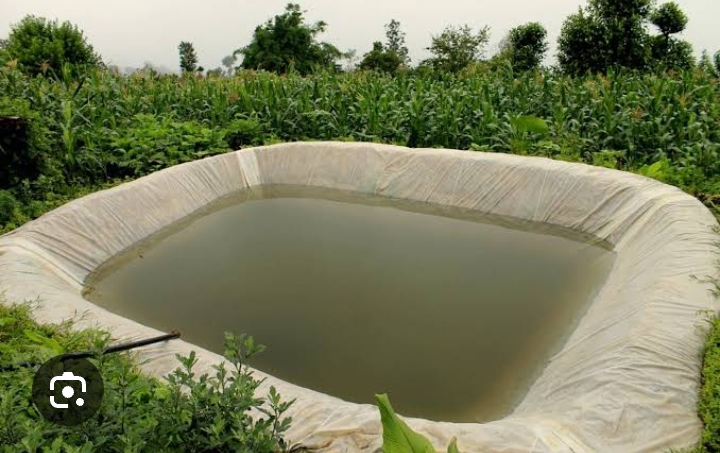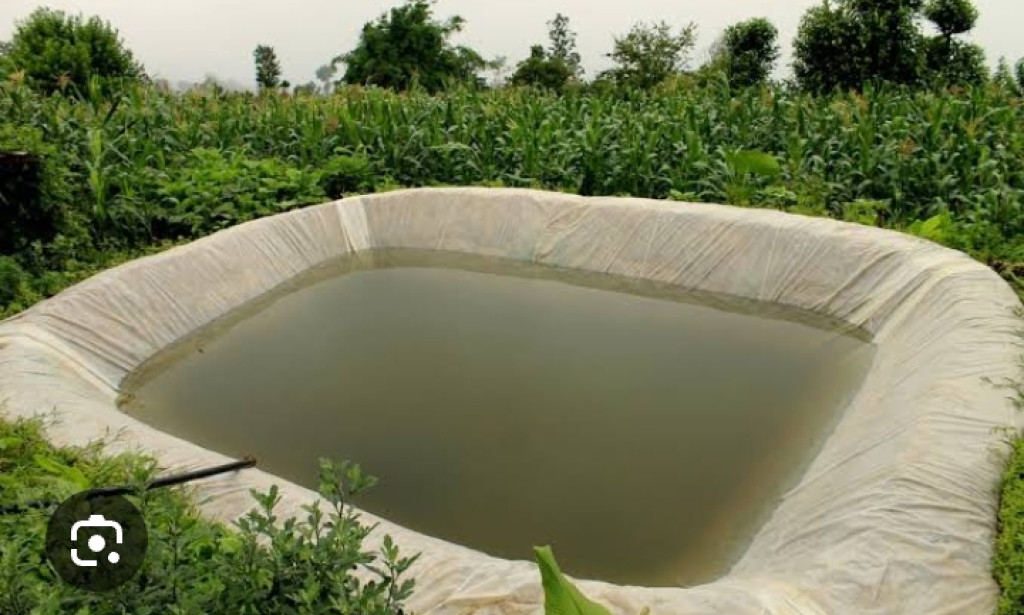
Water is the cornerstone of life on Earth, yet this vital resource is increasingly under threat due to climate change, population growth, and pollution. As global freshwater supplies face mounting pressure, innovative technologies and strategies are emerging to safeguard and optimize water usage. Here’s a look at some of the most promising advancements in water conservation.
1. Smart Irrigation Systems
Agriculture accounts for approximately 70% of global freshwater withdrawals. Smart irrigation technologies help farmers use water more efficiently by leveraging:
Soil moisture sensors: Detect when crops truly need watering.
Weather-based controllers: Adjust watering schedules based on real-time climate data.
Drip irrigation: Delivers water directly to the plant root zone, minimizing waste.
These systems can reduce water usage by up to 50%, while maintaining or even improving crop yields.
2. Water Recycling and Reuse
Also known as water reclamation, this process treats wastewater so it can be reused for:
Irrigation
Industrial cooling
Toilet flushing
Groundwater recharge
Cities like Singapore and San Diego have pioneered “toilet-to-tap” systems that purify wastewater into potable water through advanced filtration and UV disinfection.
3. Desalination Technology
Turning seawater into freshwater is becoming more feasible with energy-efficient desalination technologies, including:
Reverse osmosis (RO)
Solar desalination
Electrodialysis
Innovations are reducing the environmental footprint and cost of desalination, making it a viable option for arid coastal regions.
4. Leak Detection and Smart Water Meters
A significant amount of treated water is lost due to leaky pipes and inefficient infrastructure. Smart water meters and AI-driven leak detection systems:
Identify and localize leaks in real-time
Monitor usage patterns
Help consumers and utilities reduce water waste
Cities like London and Tokyo have already integrated these technologies to save millions of gallons annually.
5. Water-Efficient Appliances and Fixtures
Modern homes are equipped with water-saving innovations such as:
Low-flow showerheads and toilets
Water-efficient washing machines and dishwashers
Touchless faucets with automatic shut-off
These appliances significantly reduce residential water consumption, often with incentives from utility companies.
6. Rainwater Harvesting Systems
Collecting and storing rainwater for non-potable uses like landscape irrigation, toilet flushing, and washing is a time-tested method getting a modern upgrade with:
Smart storage tanks
Filtration units
IoT-integrated usage monitoring
This decentralized approach enhances local water resilience and reduces dependence on municipal supplies
7. Green Infrastructure
Urban areas are adopting sustainable solutions such as:
Green roofs
Permeable pavements
Rain gardens
These systems absorb rainwater, reduce runoff, and replenish groundwater, contributing to both conservation and flood mitigation.
The Role of Policy and Public Engagement
Innovation alone isn’t enough. Policies and public awareness play a crucial role in water conservation success. Strategies include:
Tiered water pricing
Incentives for water-efficient upgrades
Public education campaigns on water stewardship
---
Conclusion
As climate extremes intensify, the need to conserve water has never been more urgent. By embracing cutting-edge technologies and sustainable practices, we can protect and manage our most precious resource—ensuring a secure water future for generations to come.

You must be logged in to post a comment.